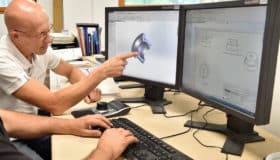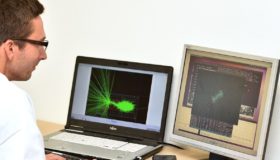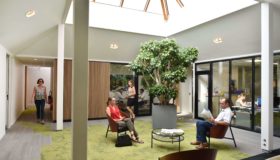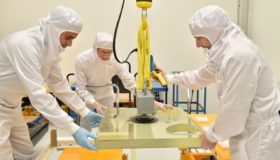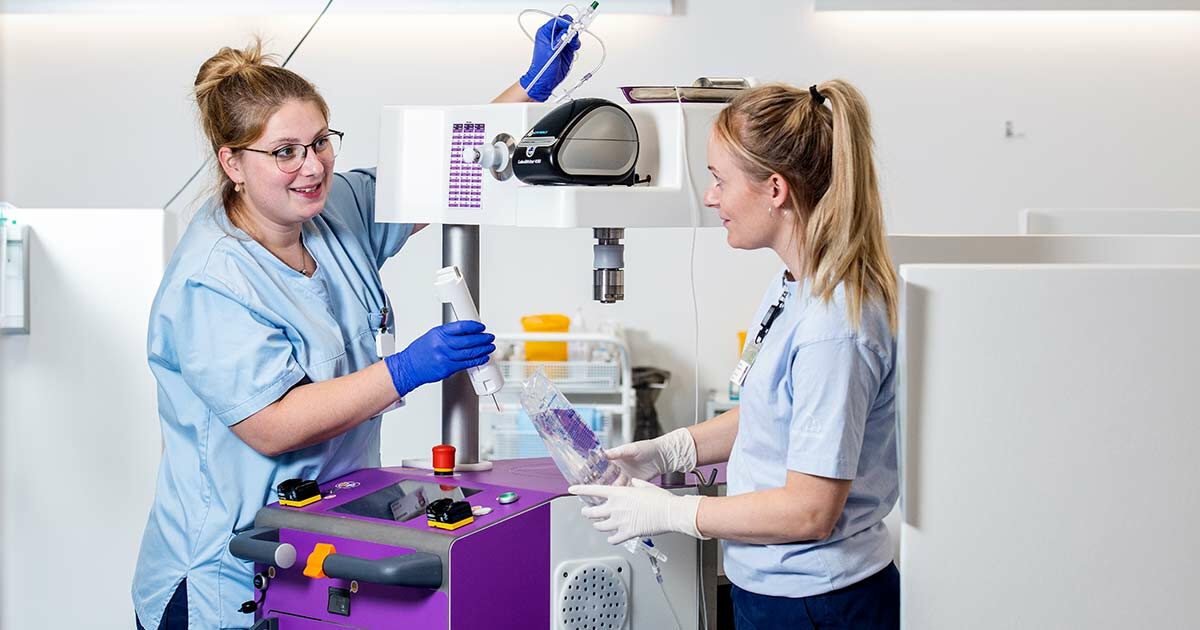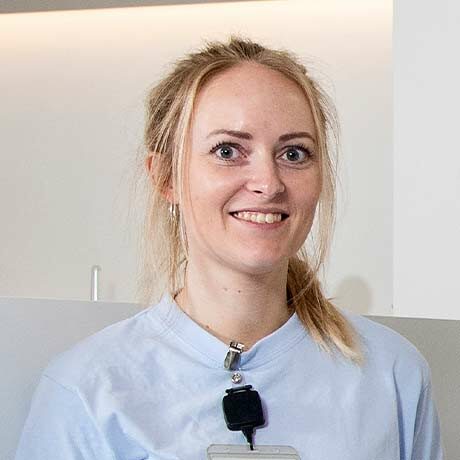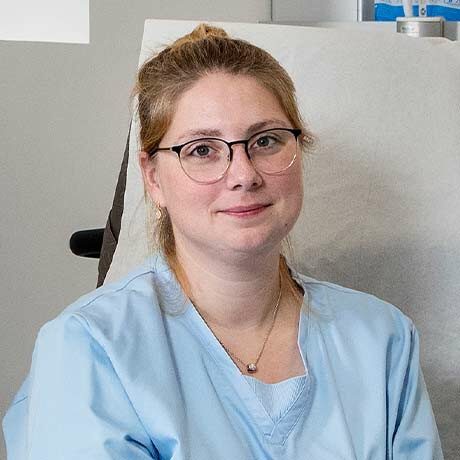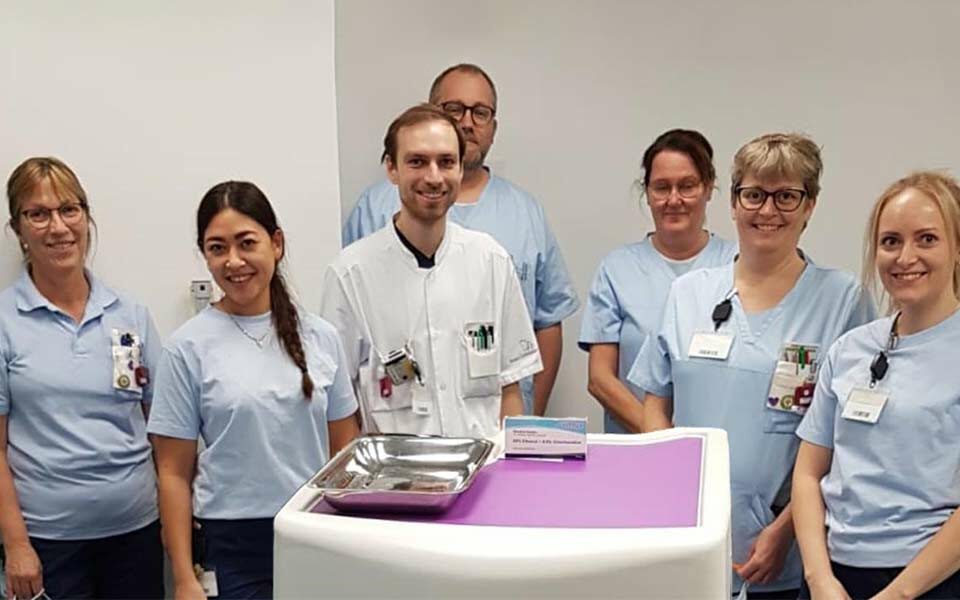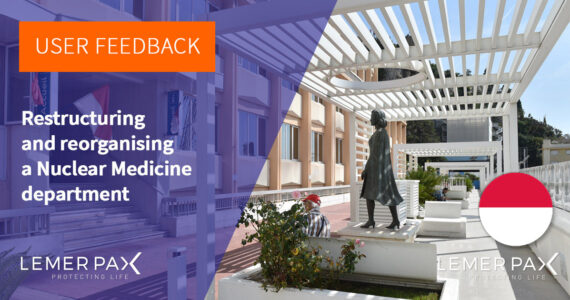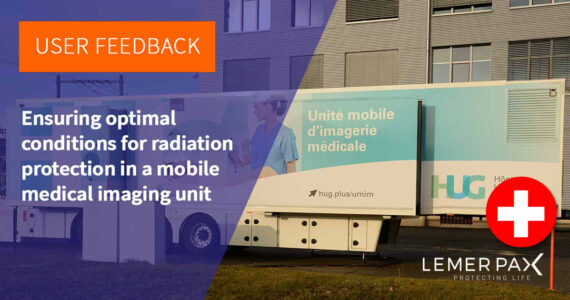Combining the increase in PET imaging patient activity and radiation protection of staff: the example of Esbjerg hospital in Denmark
The challenge: "Finding solutions to deal with the doubling of the PET department activity whilst improving the quality of patient treatment and the working conditions of medical staff"
In March 2019, the Nuclear Medicine department at Esbjerg Hospital, in Esbjerg, Denmark, decided to acquire a new PET/CT scanner. With the arrival of this new equipment, the service’s activity doubled, going from around 10 patients per day to just over 20. And this was just the beginning!
However, at this time, the department had a cramped preparation room. Irradiating patients had to circulate via a shared hallway to wait or go to the bathroom, causing other patients and companions to be unnecessary exposed to extra radiation.
Major restructuring work was, therefore, necessary and the department decided to tackle, at the same time, the quality of treatment for patients and the working conditions and radiation protection of the medical team. Among the solutions adopted: the acquisition of a new automatic preparation and injection system!
